Our Stories
Recent Articles
History & Discoveries
A Hallowed Figure in American Art and Culture: the Bald Eagle
The bald eagle is painted, sculpted and carved throughout the Capitol campus. Its white head, wide wingspan and gnarled talons are ubiquitous.
History & Discoveries
Unearthing Capitol Hill's Buried History
Visit Congressional Cemetery and discover the many connections the Architect of the Capitol has to this hallowed ground.
History & Discoveries
The U.S. Capitol Rotunda: Celebrating 200 Years as the Heart of American Democracy
The Rotunda was completed under the direction of Charles Bulfinch by the time of the visit of the Marquis de Lafayette in October 1824.
History & Discoveries
The Liberty Cap: Symbol of American Freedom
The 2024 Olympic mascot is a conical cap, the Phryge, a French symbol of freedom, but it symbolized freedom in the United States before the French adopted it.
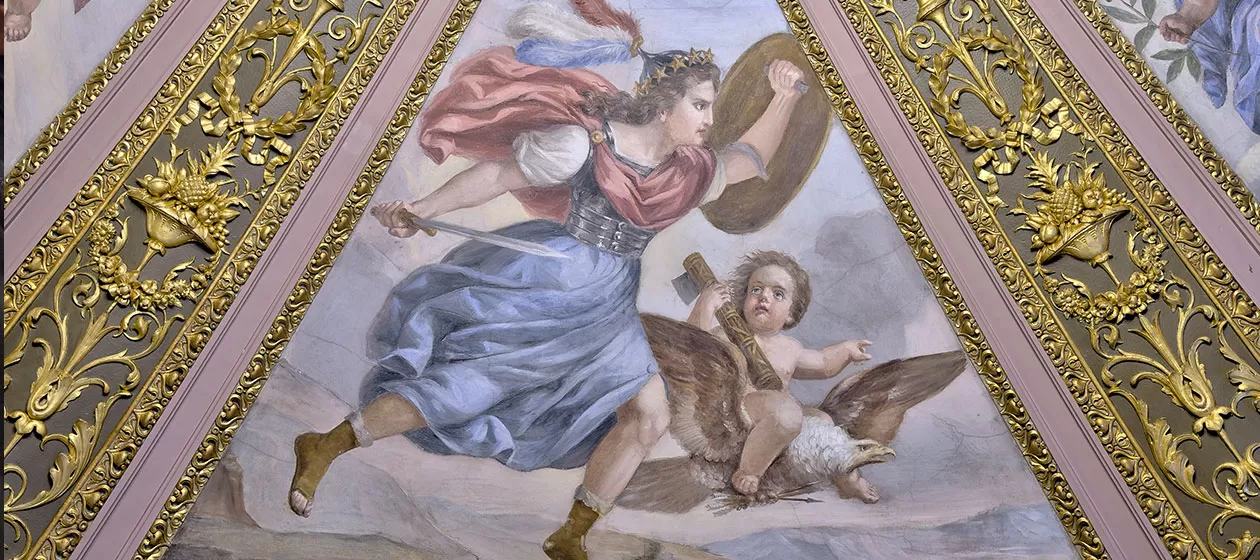
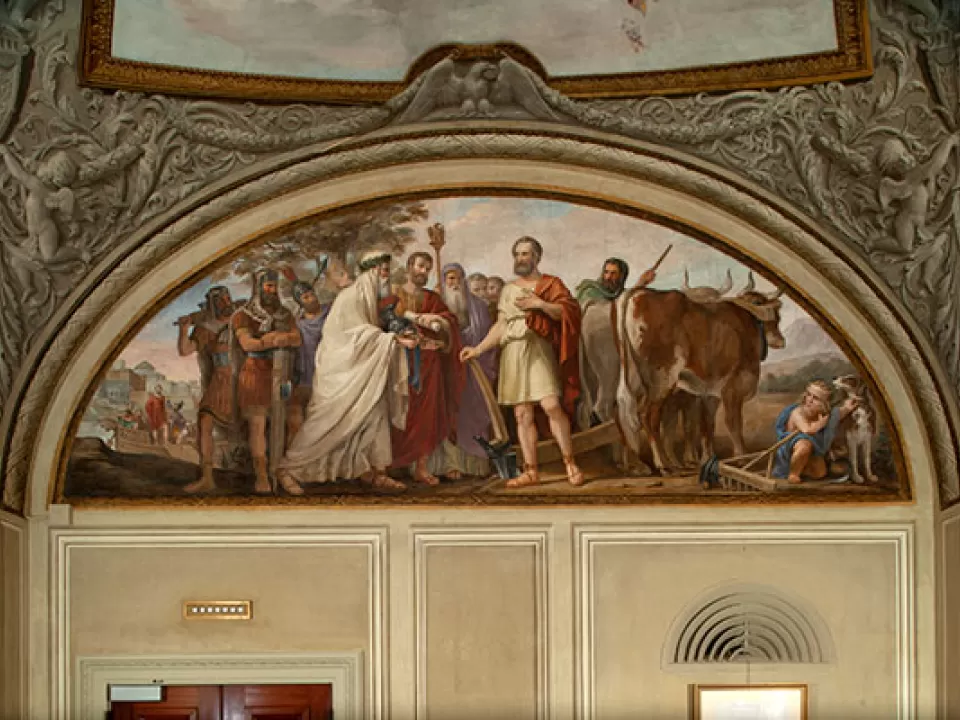
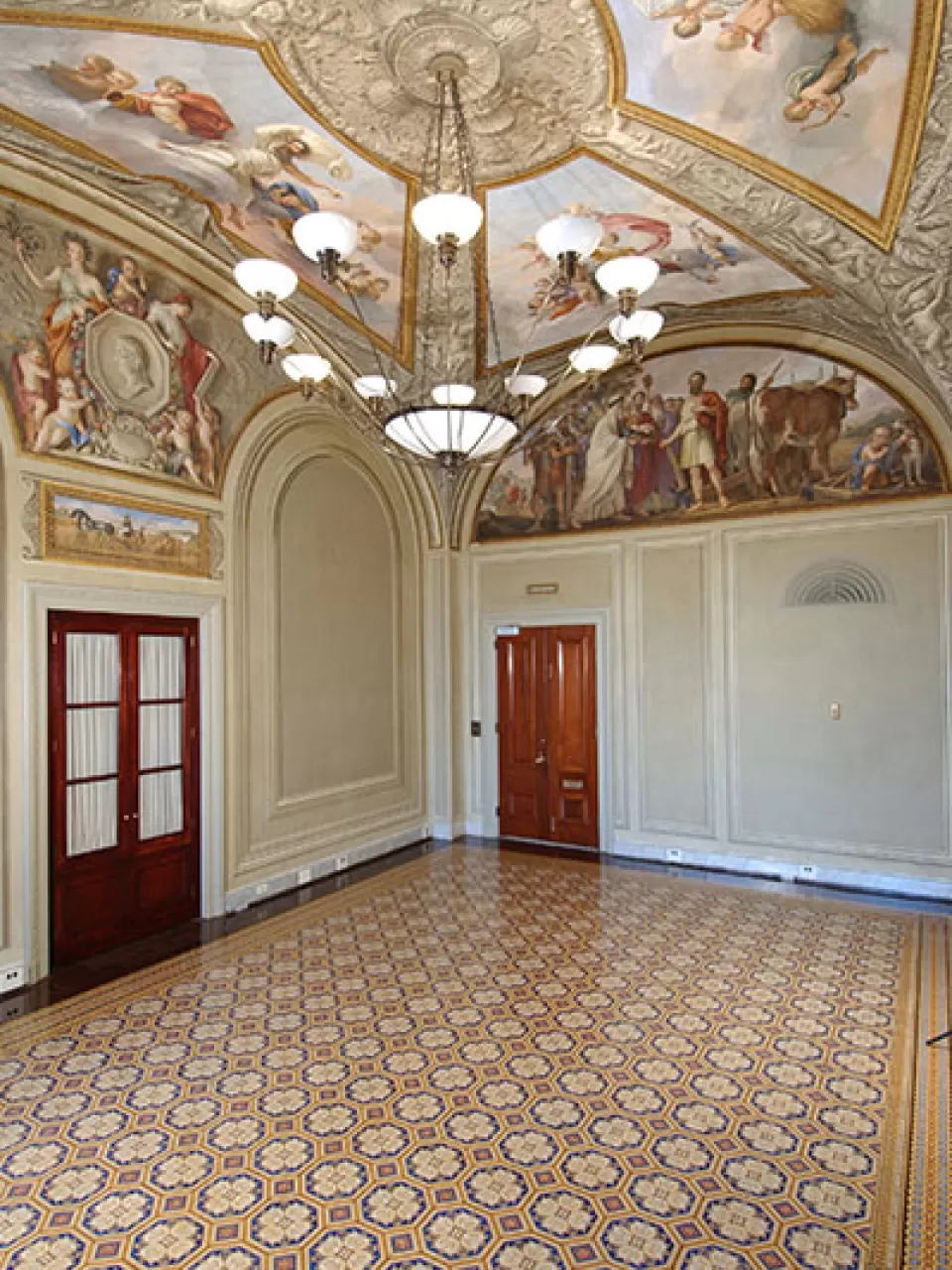

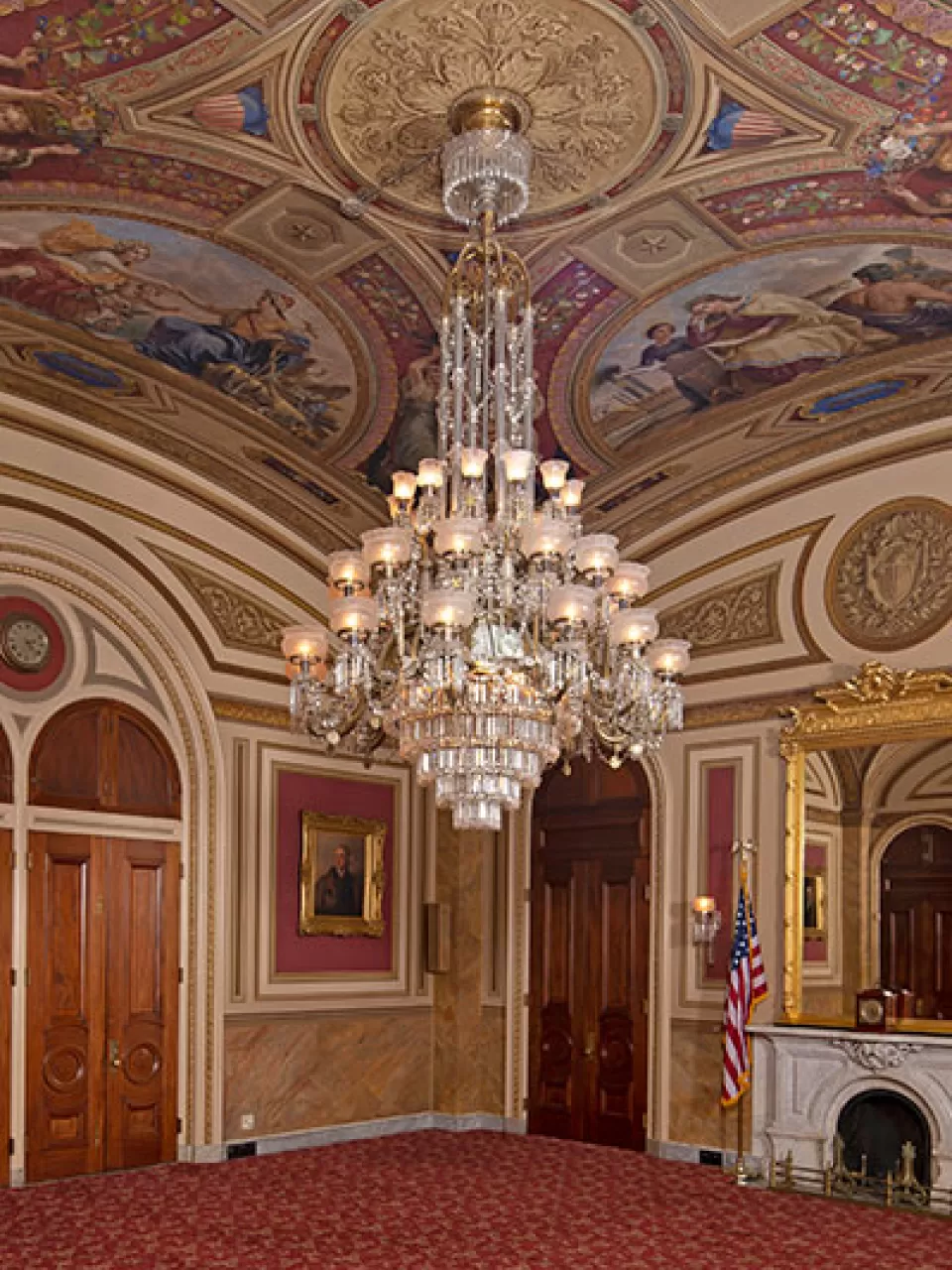

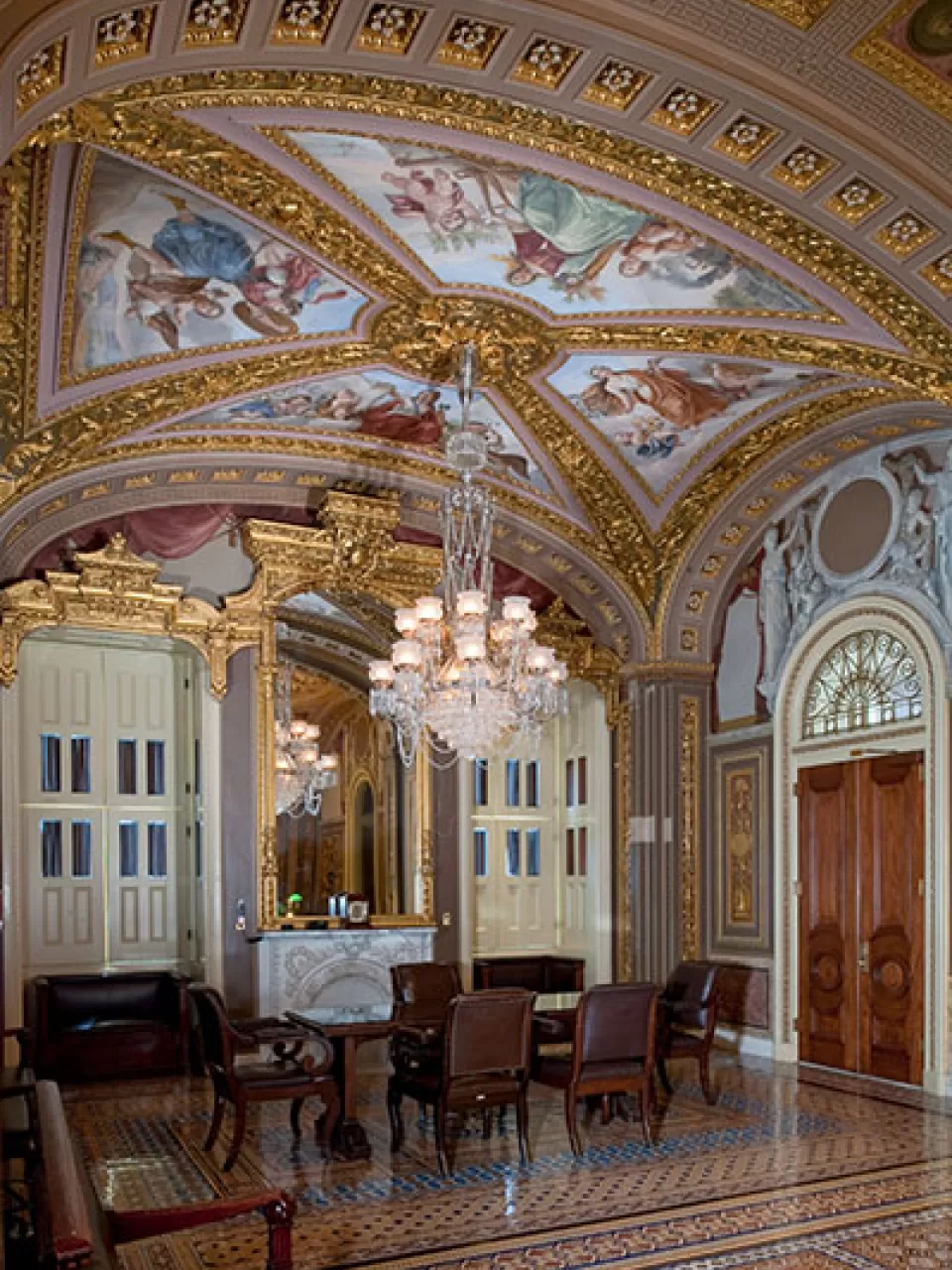
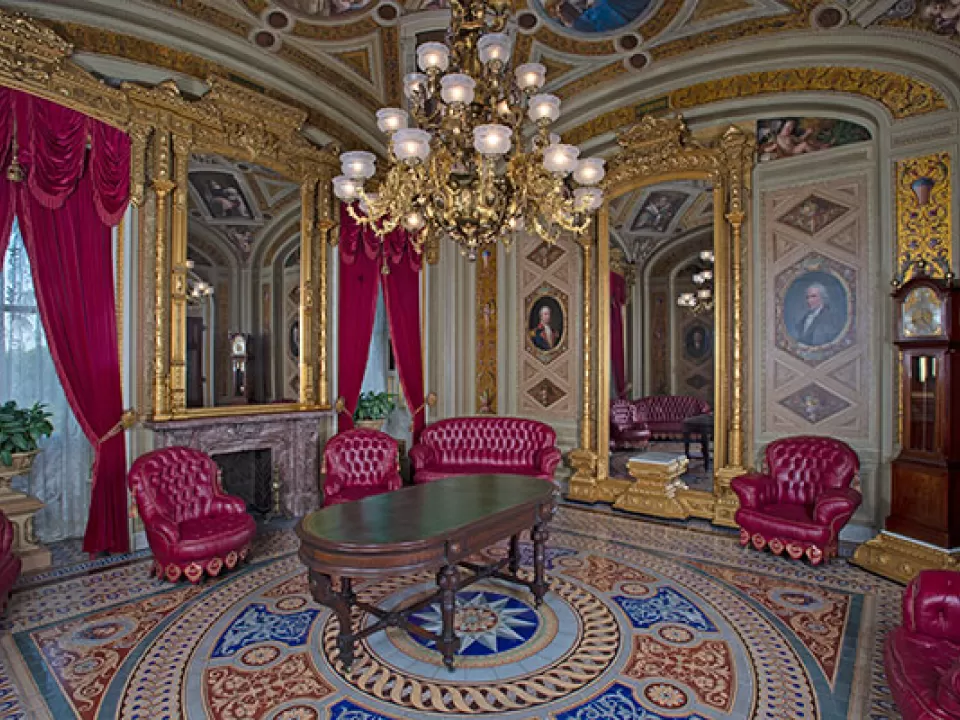

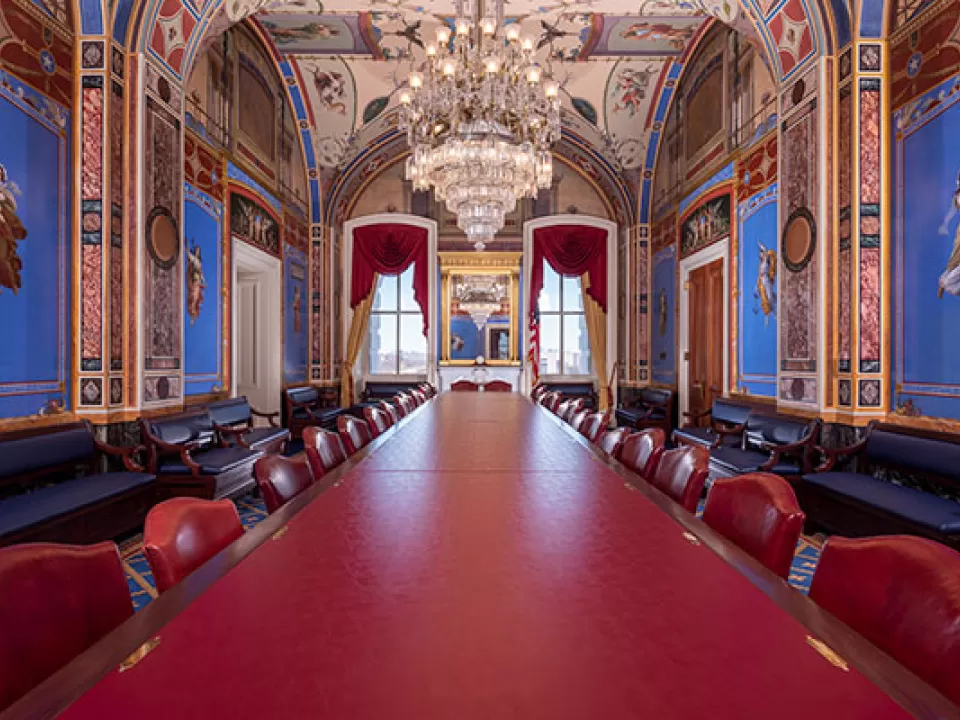


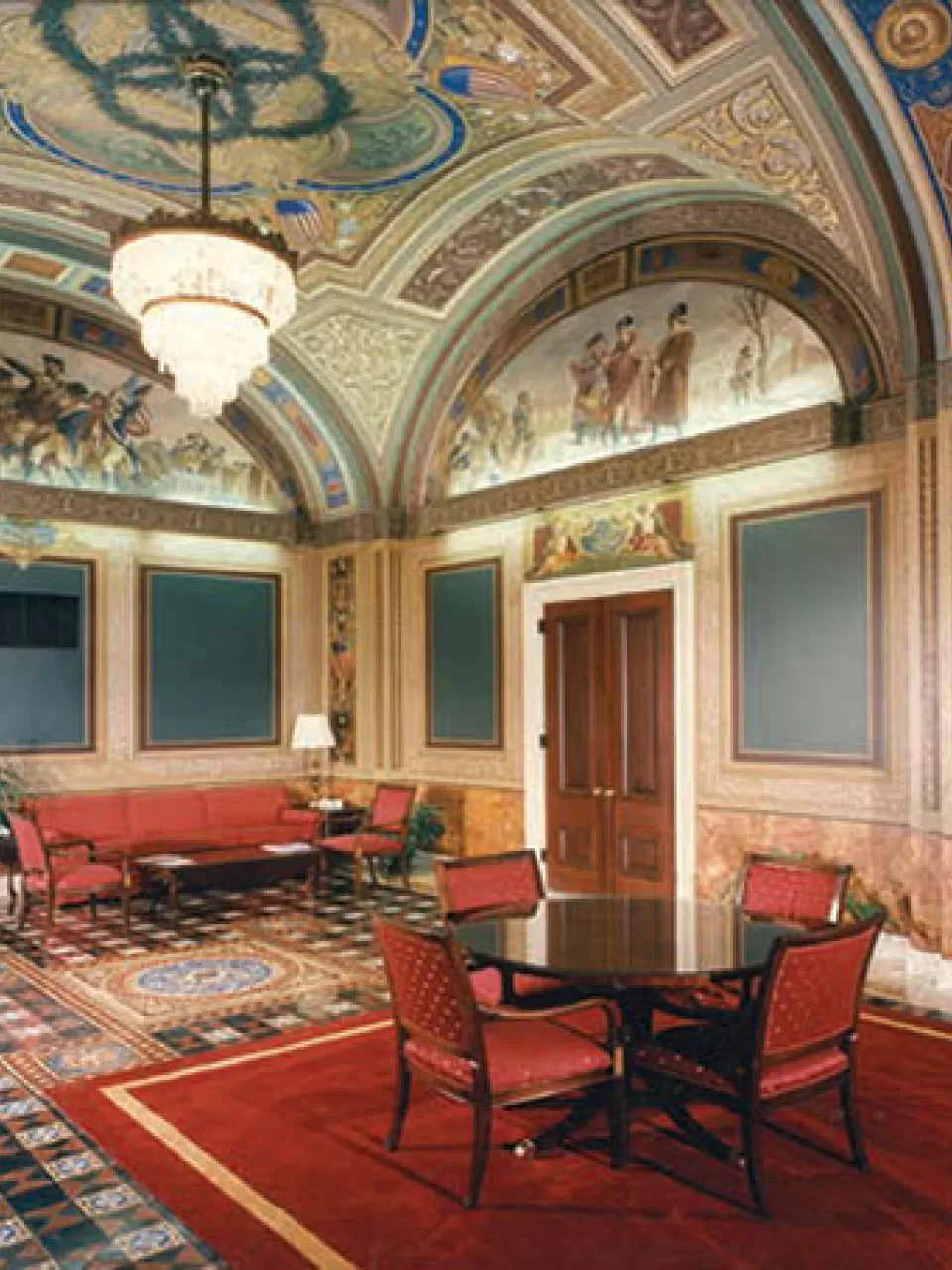



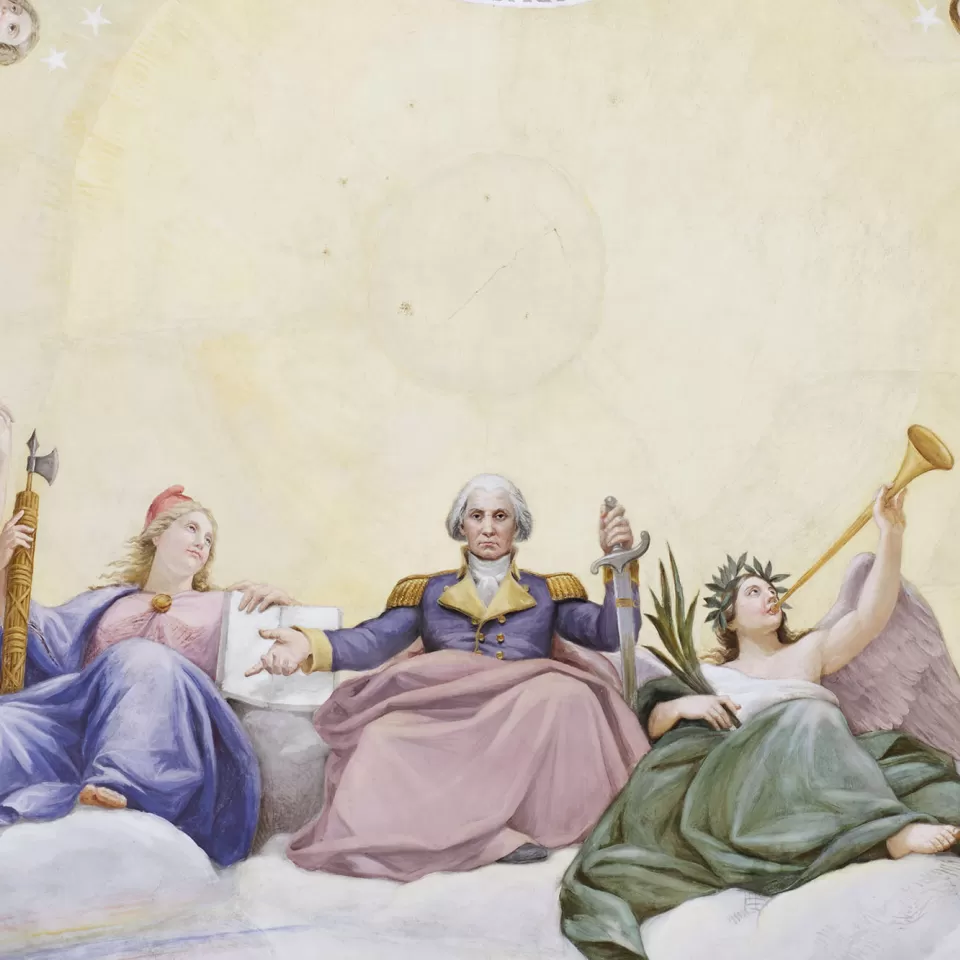
Comments
Thank you for sharing these lovely photos of a selection of rooms in the Capitol Building. Such stunning artwork! All too frequently we only see the Chambers of The House and Senate. This article has just taken my breath away. I can't understand the disrespect this building has been given. I am very grateful for those protecting the Capitol, as well as the U.S. Constitution.
Peace-
As a direct lineal descendent of Thomas Ustick Walter , who as I have learned hired Brimidi I have never seen most of these impressive works and hope to visit The Capitol again soon particularly to tour these works and visit the Groundfloor of many of My Great great grandfather's architectural renderings of that grand old lady! Best to all who adore the building
Add new comment